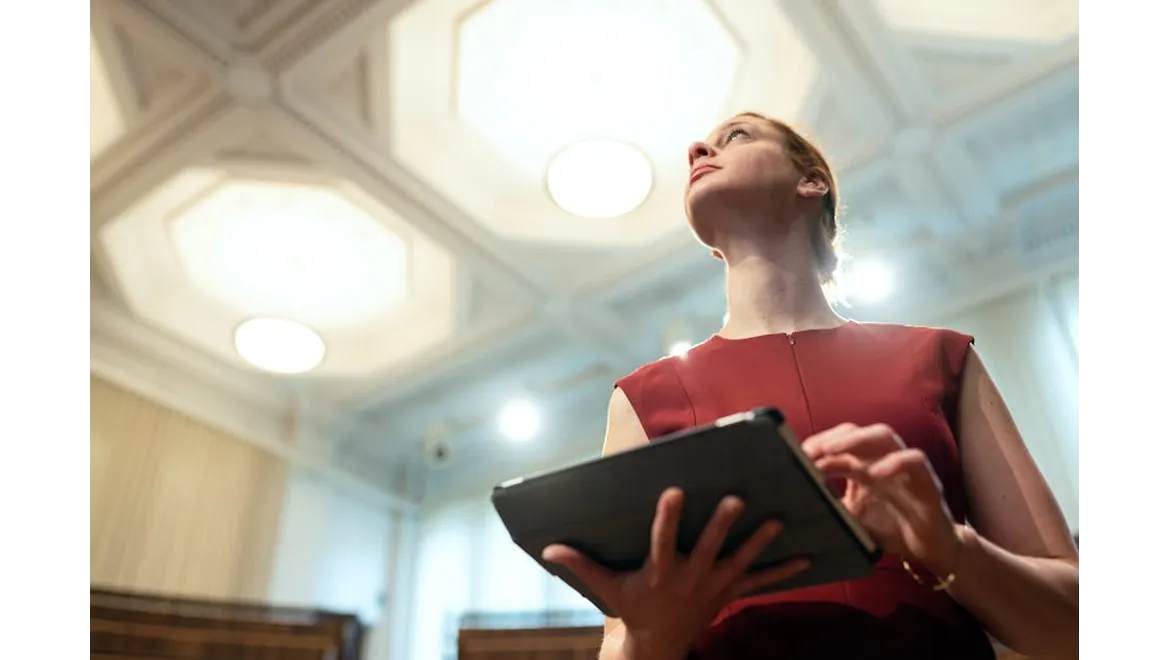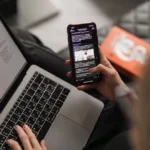When I first heard about AI-enhanced A/B testing, I was intrigued but sceptical. Could artificial intelligence really revolutionise the way I refine my social media content? Turns out, it can—let me take you through my journey and how you can replicate the process to elevate your own social media game.
Understanding A/B Testing
A/B testing, or split testing, is not a new concept. Essentially, it involves creating two or more versions of a piece of content and distributing them to different segments of your audience. The goal is to determine which version performs better based on certain metrics like engagement, clicks, or conversions.
In traditional A/B testing, you might run a test manually, gather data, and then painstakingly analyse the results. It’s time-consuming and often laden with bias. Enter AI: the game-changer.
Setting Up the Tools
First things first: you need the right tools. I opted for a platform that integrates AI with social media analytics. Tools like Optimizely, Google Optimize, and Unbounce are great, but I chose a specialised tool for social media—let’s call it “SocialOptimizer.”
Setting up SocialOptimizer was straightforward. After linking my social media accounts, the platform pulled in historical data for analysis. This is crucial because the AI needs a baseline to understand what has worked for you in the past.
Crafting the Content Variants
The next step was creating multiple content variants. I decided to test different headlines, images, and even calls to action (CTAs). For instance, I created two versions of a Facebook post promoting a blog article: one with a catchy headline and another with a more straightforward approach.
To ensure the images were also varied, I selected one that was more data-driven and another that was visually striking but less information-heavy. I found it helpful to use a simple spreadsheet to keep track of the differences between each variant.
Deploying the AI
Here’s where the magic happens. SocialOptimizer uses machine learning algorithms to predict which variants are likely to perform better based on historical data and real-time engagement metrics. I set a testing period of one week, during which the AI would automatically switch between the different variants, showing them to different segments of my audience.
Monitoring the Results
One of the most exciting aspects of this process was watching the real-time analytics dashboard. SocialOptimizer’s AI continuously adjusted the distribution of each variant based on performance. For example, if the catchy headline was getting more clicks but the straightforward one was generating more comments, the AI took note and adjusted accordingly.
Analysing the Data
After the testing period, it was time to analyse the results. SocialOptimizer provided a comprehensive report that broke down the performance of each variant. The AI didn’t just tell me which version was better; it explained why. This context was invaluable.
For instance, the AI noted that the catchy headline drew more clicks because it tapped into curiosity, while the straightforward headline resonated better with an audience looking for direct value. The visually striking image garnered more likes, but the data-driven image led to higher engagement in terms of comments and shares.
Continuous Improvement
With these insights, I was able to refine my content strategy. The beauty of AI-enhanced A/B testing is that it’s not a one-off exercise. I set up a schedule for continuous testing, allowing the AI to learn and adapt over time. This iterative process has led to a noticeable improvement in my social media metrics. Engagement is up, click-through rates have improved, and my audience seems more satisfied with the content.
Key Takeaways
AI-enhanced A/B testing has transformed the way I approach social media content. By leveraging AI, I’ve gained deeper insights and achieved more consistent results. Here are some key points to remember:
- Tools Matter: Choose a platform that integrates seamlessly with your social media and offers robust AI capabilities.
- Diverse Variants: Don’t be afraid to experiment with different elements like headlines, images, and CTAs.
- Real-Time Adjustments: The AI’s ability to adapt in real-time is one of its greatest strengths.
- In-Depth Analysis: Look for tools that provide not just data but context and actionable insights.
- Iterative Process: Continuous testing and refinement are essential for ongoing improvement.
Using AI for A/B testing has been a revelation. It’s not just about making my job easier; it’s about making my content better and more resonant with my audience. If you’re looking to elevate your social media strategy, I highly recommend giving AI-enhanced A/B testing a try. You won’t be disappointed.











